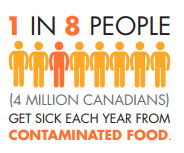
One in eight Canadians get food poisoning each year according to a recent report by The Public Health Agency of Canada. So let’s brush up on food safety with our 5 top tips that can help protect you and your family from getting sick.
- CLEAN – Wash your hands, and we mean really wash your hands for 20 seconds using hot water and soap. This is one of the best ways to reduce the risk of foodborne illness! Remember to use hot water and soap to clean cutting boards, cooking utensils and counter surfaces
- SEPARATE – Don’t cross-contaminate ready to eat food. Keep fresh fruit and veggies separate from raw meat, poultry, seafood and eggs in your fridge and when preparing food.
- COOK – You can NOT tell if a food is cooked by looking at it! The best way to tell if your food is cooked properly is to use a food thermometer. Look for these safe internal cooking temperatures:
- medium rare steak 63 C (145 F)
- your sausage or burger is done at 71 C (160 F)
- chicken pieces 74 C (165 F)
- whole poultry 85 C (185 F)
- CHILL – Keep cold foods cold at or below 4 C (40F). Storing your food properly is one of the key things you can do to protect yourself from food poisoning.
- MIND THE DANGER ZONE which is between 4 C (40 F) and 60 C (140 F). This is where most bacteria grow well. Toss out perishable foods that have been in the ‘danger zone’ for 4 hours or more. Perishable foods include (but are not limited to) fresh meat, poultry, fish, deli meats, dairy, eggs, all cooked foods, cut up fruit and vegetables.
Want to learn more about safe food handling practices? Contact us! We offer basic and advanced food safety training courses that can earn you a government approved certificate.
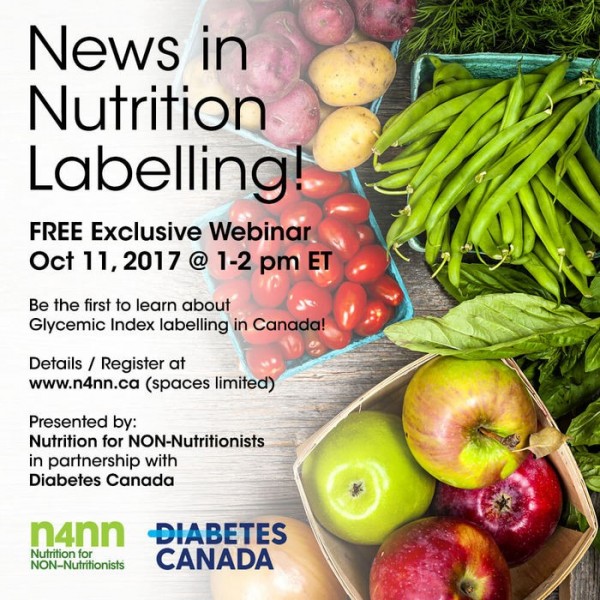



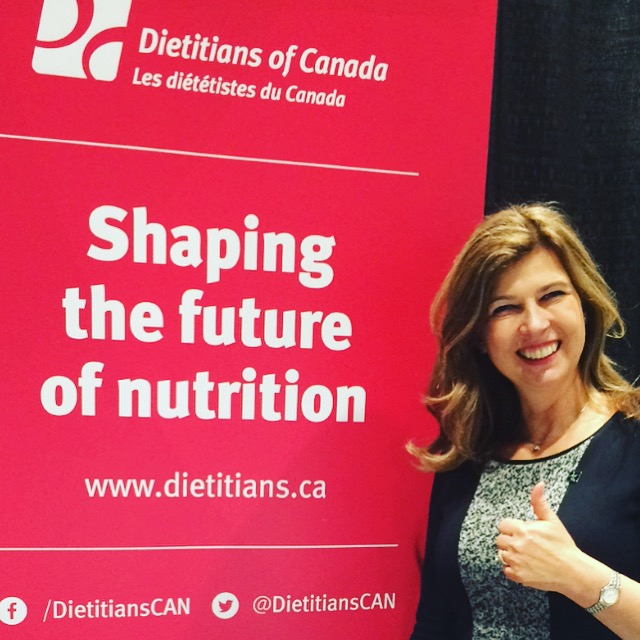
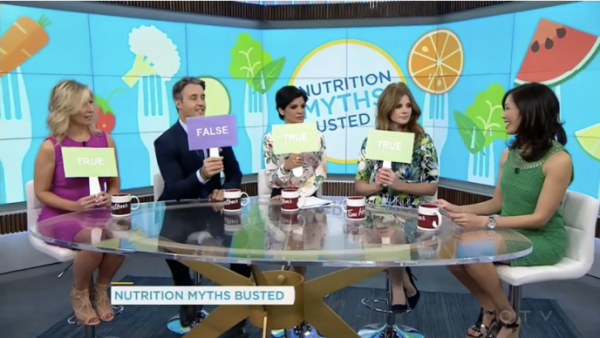

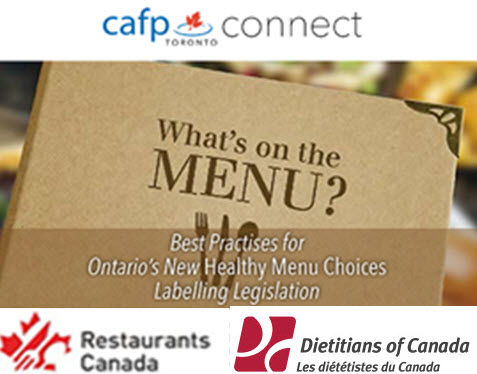


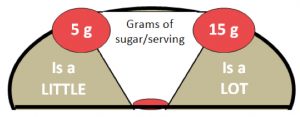
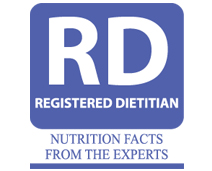

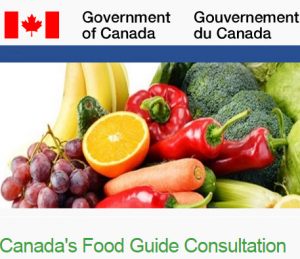 You may have heard the big announcement that Health Canada is revising the Food Guide (CFG) and
You may have heard the big announcement that Health Canada is revising the Food Guide (CFG) and 


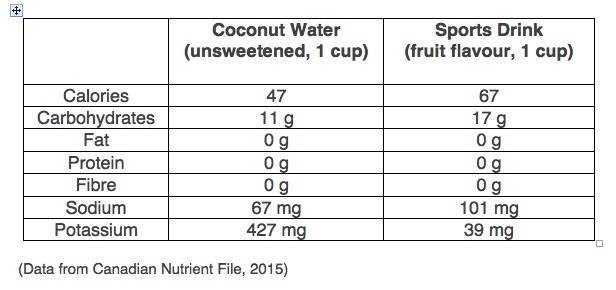

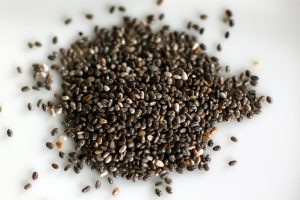
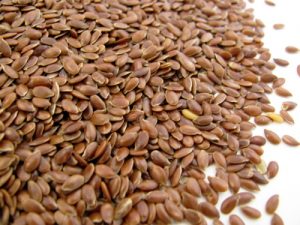
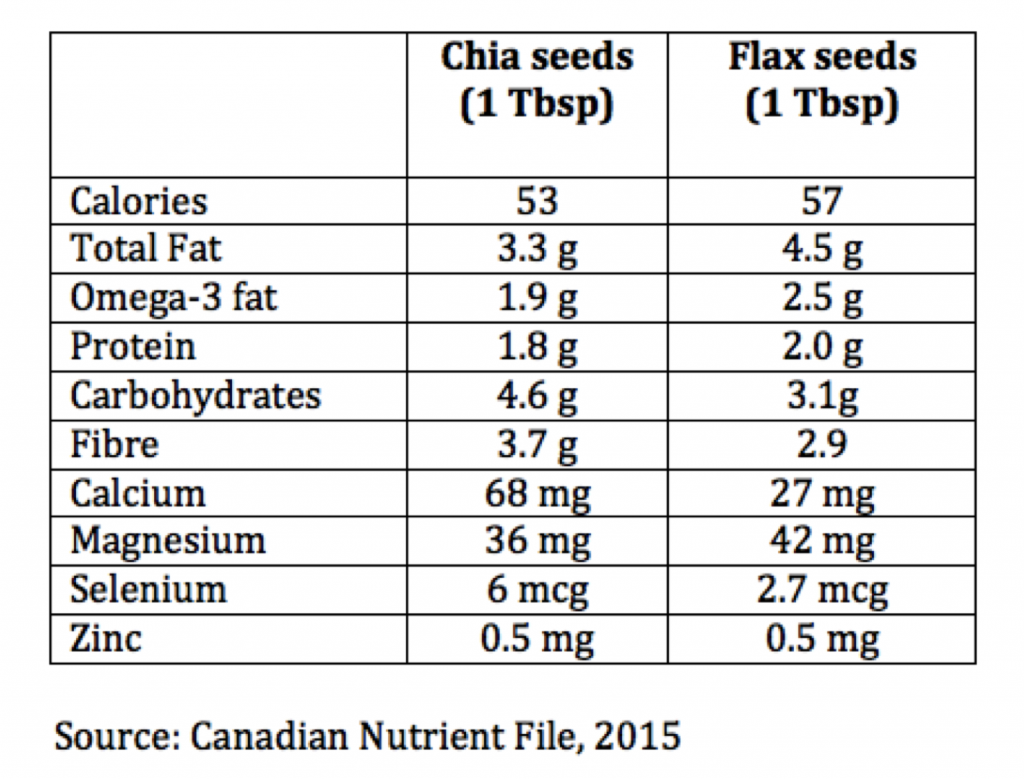
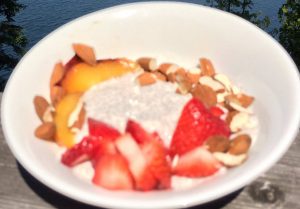 Get this all star easy to follow Chia Seed Pudding recipe we love for breakfast! Make it the night before and boost it with your favourite fruit and nuts. Recipe adapted from The Food Network, courtesy of Giada De Laurentiis.
Get this all star easy to follow Chia Seed Pudding recipe we love for breakfast! Make it the night before and boost it with your favourite fruit and nuts. Recipe adapted from The Food Network, courtesy of Giada De Laurentiis. 


 With the start of summer, ice cream treats are a staple and gelato is becoming more popular. Do you know the difference between ice cream and gelato? Does gelato contain less dairy or have fewer calories than ice cream? Here’s the scoop!
With the start of summer, ice cream treats are a staple and gelato is becoming more popular. Do you know the difference between ice cream and gelato? Does gelato contain less dairy or have fewer calories than ice cream? Here’s the scoop!